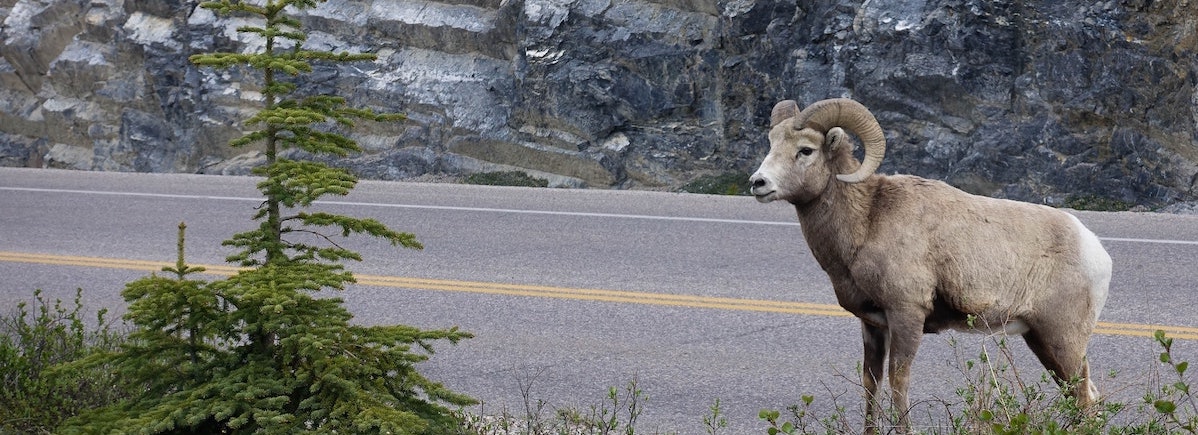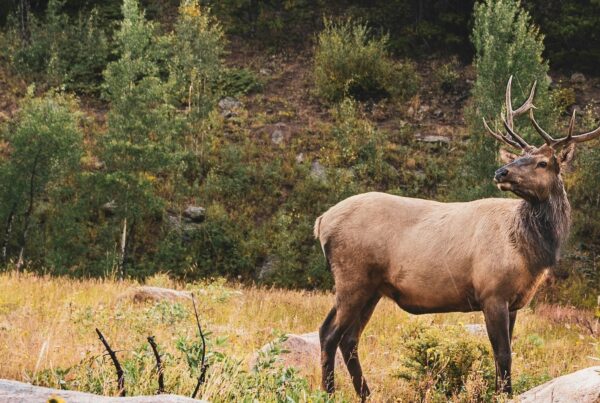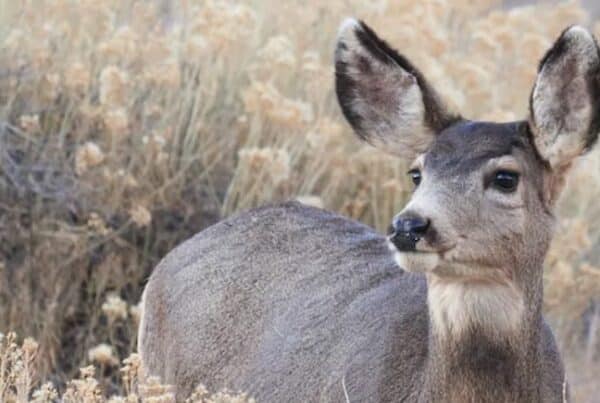We all recognize the iconic value of bighorn sheep in Colorado. As the state mammal, bighorns are one of our most important species.
But bighorns in Colorado could and should be doing much better. The single biggest threat and cause of continuing poor performance in bighorn herds is disease transmitted from domestic sheep.
The only way to reduce that threat is through the separation of bighorns and domestic sheep, and one way to do that is through the closure of high-risk domestic sheep grazing allotments on public lands.
CPW biologists recognize the threat and the solution, but they have been unable to recommend allotment closures due to a 2014 Memorandum of Understanding that prohibited them from doing so.
That MOU expired in April of 2019, and CPW can now help protect and expand our bighorn herds by taking the opportunity to begin recommending the closure of high-risk allotments.
Federal lands biologists and decision-makers find it difficult to put closures in place if CPW isn’t making that recommendation, even when the federal staff know it’s the right thing to do. A recent example is the Gunnison BLM decision that reauthorized domestic sheep grazing allotments. While CPW biologists provided excellent comments, they had to stop short of recommending the solution to stagnant bighorn populations, which is, of course, to close high-risk allotments.
That bighorn Data Analysis Unit, RBS-21, is being managed to limit the number of bighorns specifically to reduce the possible contact with domestic sheep.
In addition, when bighorns are known to have contacted domestic sheep, the bighorns are euthanized, if possible, to prevent their return to their herd while potentially carrying disease.
That’s the reality… an important native bighorn population is being intentionally suppressed and individuals are being killed because CPW biologists haven’t been able to recommend the closure of high-risk domestic sheep grazing allotments on our public lands.
The San Juan and Ouray County Boards of County Commissioners have recommended the closure of high-risk allotments.
The Western Association of Fish and Wildlife Agencies recommends a minimum separation of 9 miles between bighorns and domestic sheep, which would require the closure of allotments.
Using CPW’s suitable habitat model, it’s estimated that bighorns occupy about 1/3 of the suitable habitat in the state. The only way to safely increase that fraction is to close problematic domestic sheep grazing allotments.



